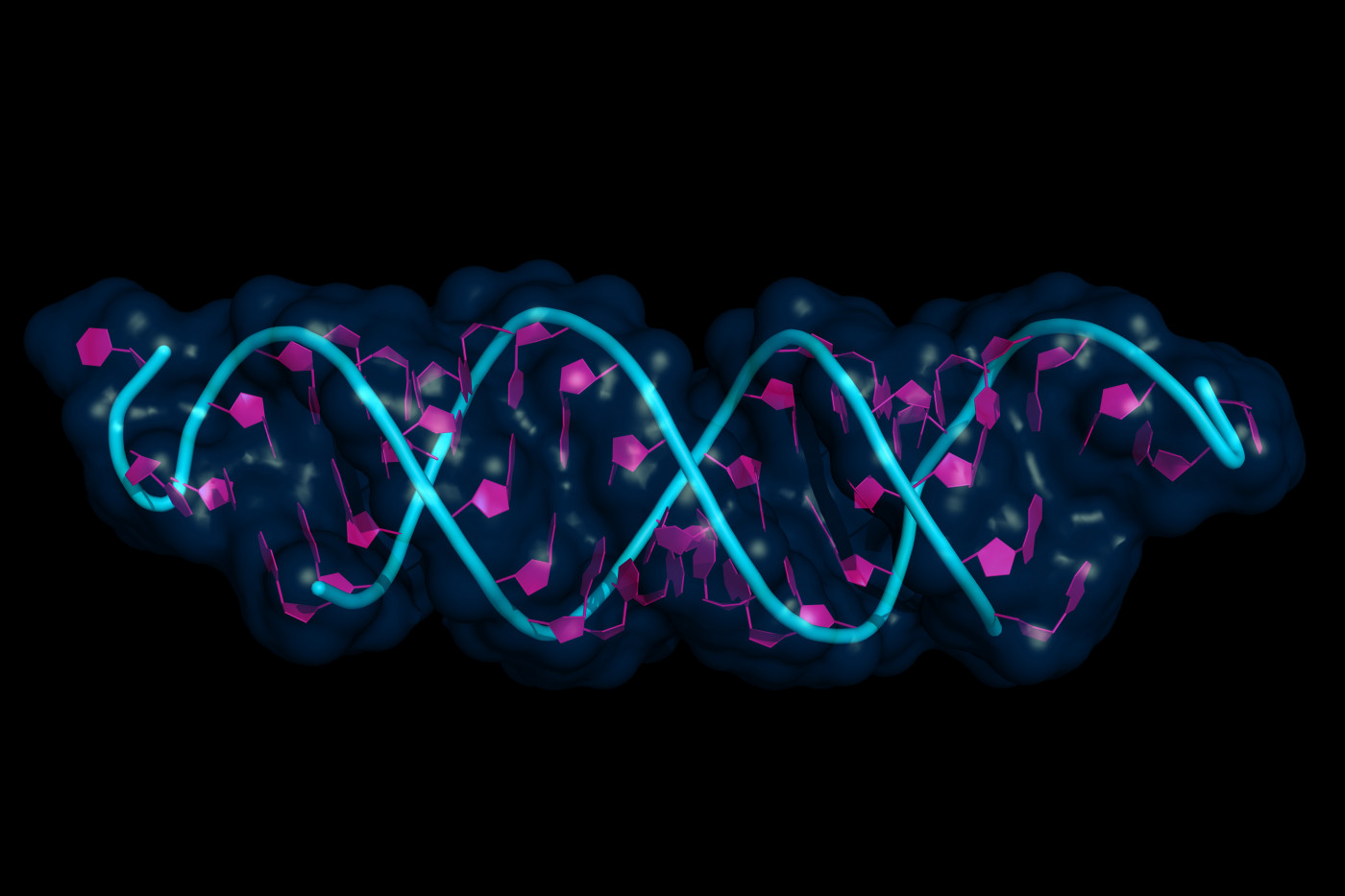Scientists Identify 2 New COL7A1 Gene Mutations in Chinese Girl With RDEB
Written by |

Scientists have identified two new variants in the COL7A1 gene associated with recessive dystrophic epidermolysis bullosa (RDEB) in a three-year-old Chinese girl.
The findings expand the spectrum of known mutations causing the disease and also highlight the usefulness of two methods of genetic analyses — clinical exome sequencing (CES) and minigene assay — to identify these variants.
The case report, “Novel biallelic variants in COL7A1 cause recessive dystrophic epidermolysis bullosa,” was published in the journal Molecular Genetics & Genomic Medicine.
RDEB is a severe form of epidermolysis bullosa caused by mutations in the COL7A1 gene, which encodes a protein called type 7 collagen (COL7) that is essential for skin health.
In the report, investigators in China described the case of a young Chinese girl with RDEB who was found to carry two new mutations in COL7A1.
The three-year-old girl (of Han ethnicity) was the first child of a biologically-unrelated healthy couple. According to her parents, she lacked skin on her left leg at birth, and had been having multiple blisters and scarring on her limbs, trunk, and neck since.
Physical examination revealed her skin was in poor condition, especially on her knees, elbows, hands, and feet. She also showed signs of tooth decay, was missing several teeth, and had mild webbing on her toes (fused toes). Her parents also said she often had bloody or dark stools, a telltale sign the tissue lining her gastrointestinal tract was also affected.
She was initially suspected of having dystrophic epidermolysis bullosa, but a genetic test had never been performed to confirm the diagnosis.
In the study, the investigators used CES — a technique in which the exome (all protein-coding genes) is scanned to look for disease-causing mutations — to determine which mutations were causing her condition.
CES identified two genetic variants in COL7A1 (c.3867delT and c.5532+4_5532+5delAG), which were confirmed by Sanger sequencing, another gene sequencing method. Both mutations had never been described in the literature, and were not included in any public genomic databases.
The girl inherited each mutation from each of her parents. The one she inherited from her father (c.3867delT) was a disease-causing variant that led to the production of an abnormally short version of COL7. In turn, the one she inherited from her mother (c.5532+4_5532+5delAG) was thought to disrupt gene splicing, a process through which the same gene gives rise to different proteins.
To confirm the COL7A1 splicing impairment, the researchers used a minigene assay, a technique in which the portion of the gene sequence containing the mutation is inserted into a minigene construct that is then placed inside lab-cultured cells.
The assay confirmed that the maternally-inherited mutation disrupted splicing in COL7A1, resulting in DNA deletion deemed as disease-causing. The girl’s mother, who was pregnant with her second child, underwent amniocentesis and prenatal genetic testing to confirm if the fetus had inherited the same genetic mutations as the first child. No RDEB-related mutations or complications were found in the second child.
“Our study expands the mutation spectrum of COL7A1 and demonstrated that CES and minigene assays were efficient tools for RDEB molecular diagnoses,” the researchers concluded.





